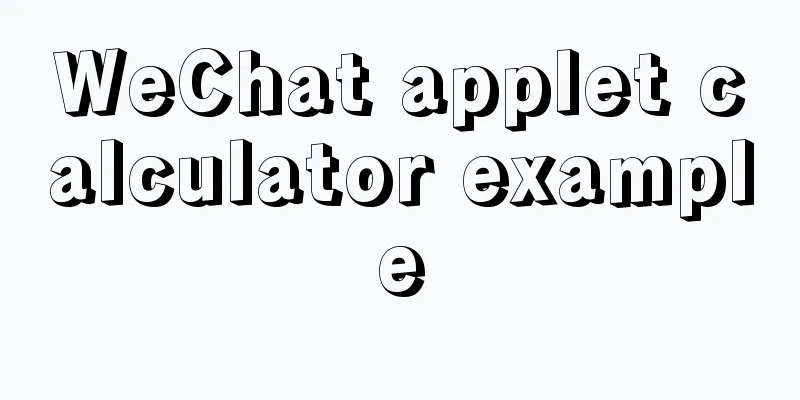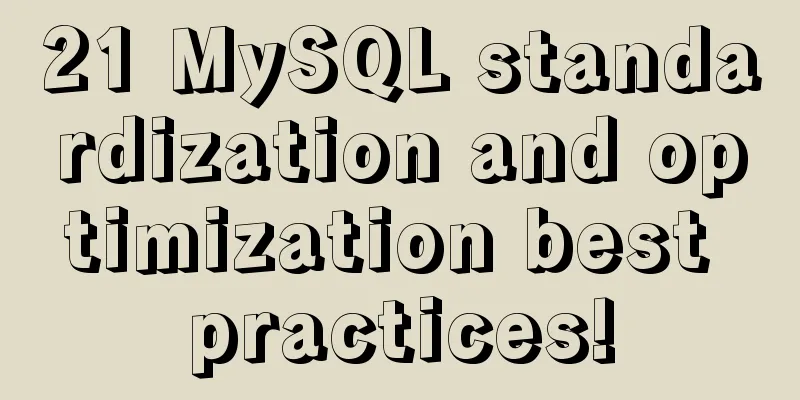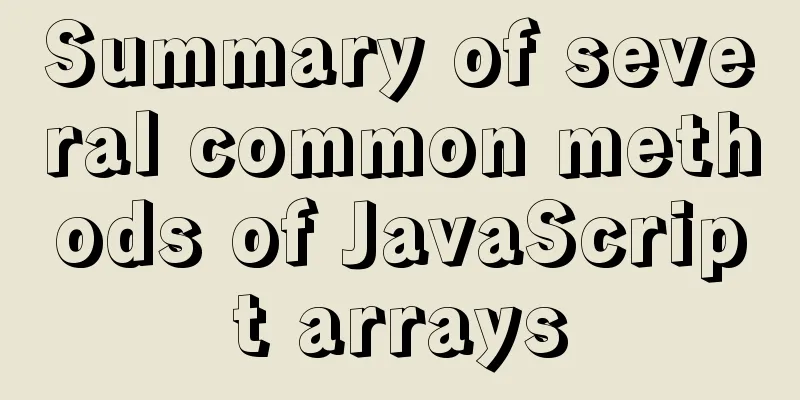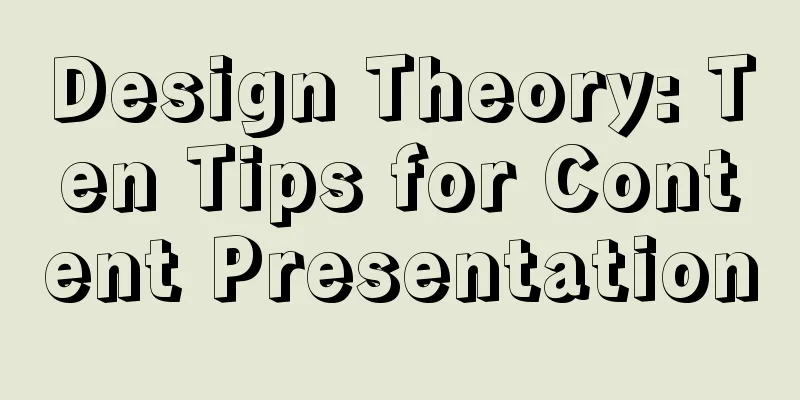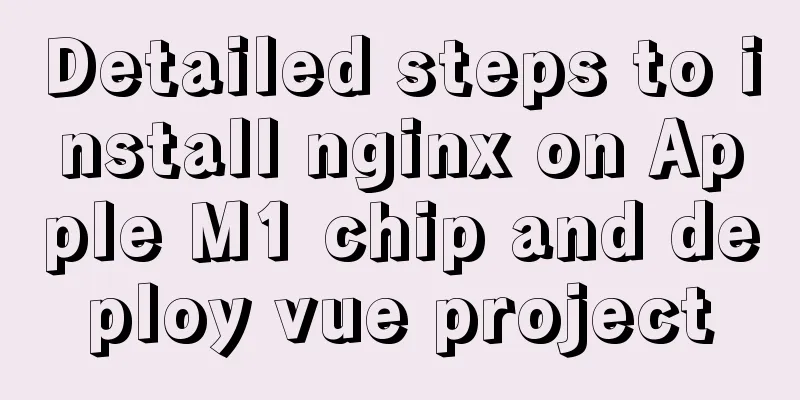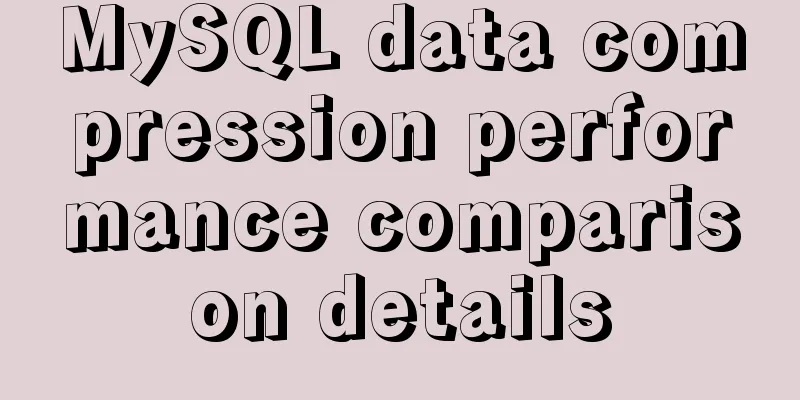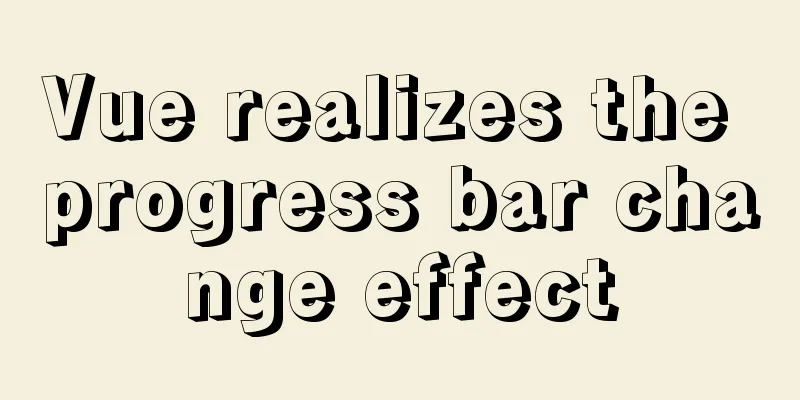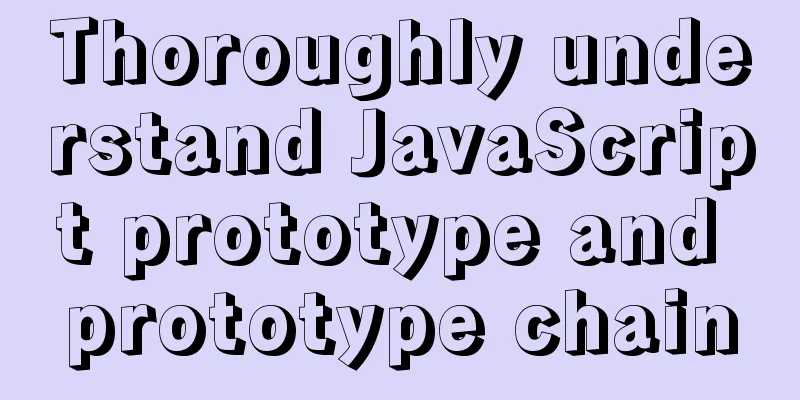Summary of three ways to create new elements
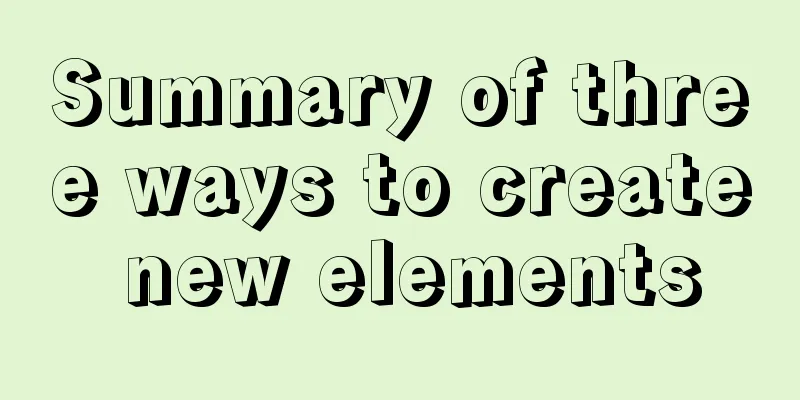
|
First: via text/HTML var txt1="<h1>Text.</h1>"; Second: Through jQuery var txt2=$("<h2></h2>").text("Text."); The third method: through JavaScript/DOM var txt3 = document.createElement("h3");
The above summary of three methods of creating new elements is all the content that the editor shares with you. I hope it can give you a reference. I also hope that you will support 123WORDPRESS.COM. Original URL: http://www.cnblogs.com/SoYang/p/5677589.html |
<<: Solution to Navicat Premier remote connection to MySQL error 10038
>>: ReactHooks batch update state and get route parameters example analysis
Recommend
How to use Nginx to solve front-end cross-domain problems
Preface When developing static pages, such as Vue...
How to add links to FLASH in HTML and make it compatible with all major browsers
Look at the code first Copy code The code is as fo...
After Apache is installed, the service cannot be started (error code 1 appears when starting the service)
Table of contents 1. Error message 2. Cause of er...
About the pitfall record of Vue3 transition animation
Table of contents background Problem location Fur...
iframe src assignment problem (server side)
I encountered this problem today. I reassigned the...
Detailed explanation of the relationship between Linux and GNU systems
Table of contents What is the Linux system that w...
How to manage large file uploads and breakpoint resume based on js
Table of contents Preface Front-end structure Bac...
Detailed explanation of how to build a CDN server with Nginx (picture and text)
Using Nginx's proxy_cache to build a cache se...
Ajax solves cross-domain problem by setting CORS response header to achieve cross-domain case study
1. Set CORS response header to achieve cross-doma...
Node.js file copying, folder creation and other related operations
NodeJS copies the files: Generally, the copy oper...
MySQL sorting using index scan
Table of contents Install sakila Index Scan Sort ...
Detailed steps to configure my.ini for mysql5.7 and above
There is no data directory, my-default.ini and my...
Detailed process of using nginx to build a webdav file server in Ubuntu
Install nginx Note that you must install nginx-fu...
Detailed tutorial for installing the unzipped version of mysql5.7.28 winx64 on windows
Table of contents 1. Unzip 2. Create a data folde...
Detailed explanation of Svn one-click installation shell script under linxu
#!/bin/bash #Download SVN yum -y install subversi...


